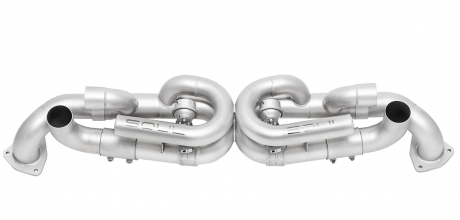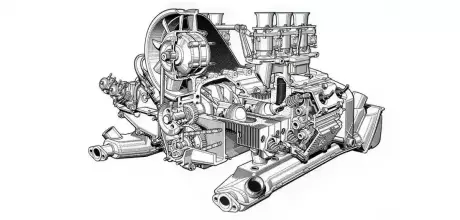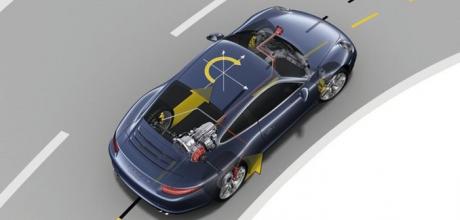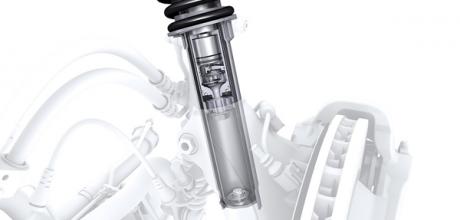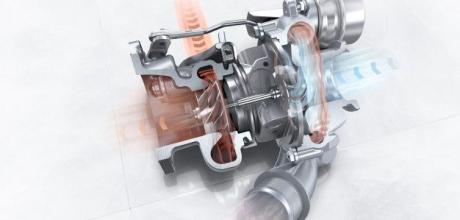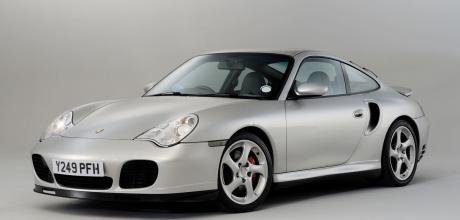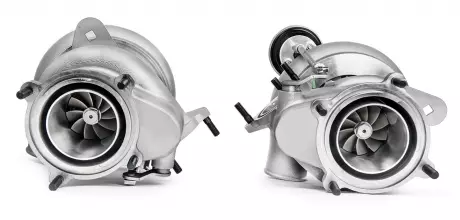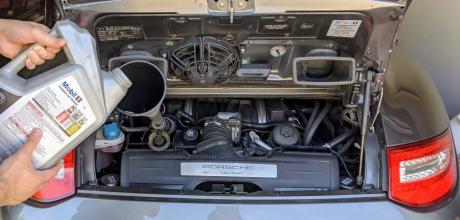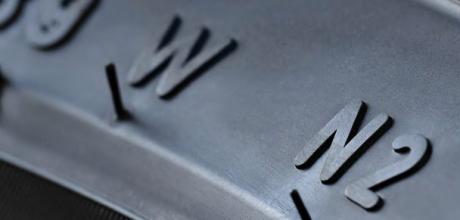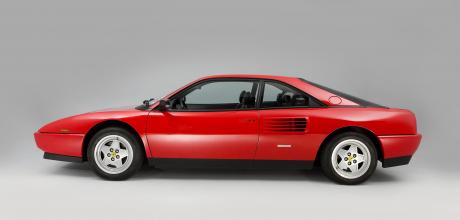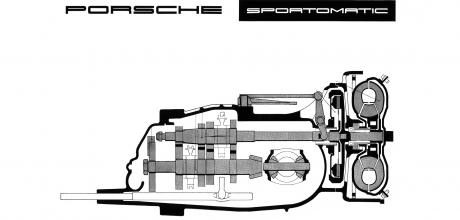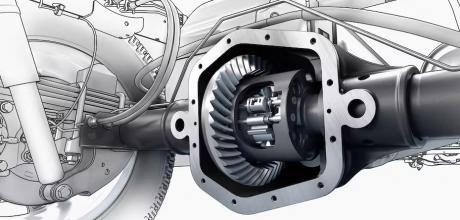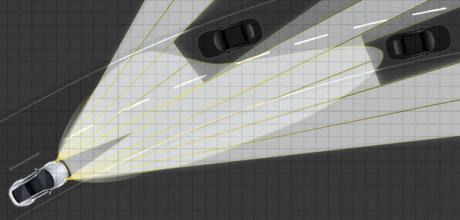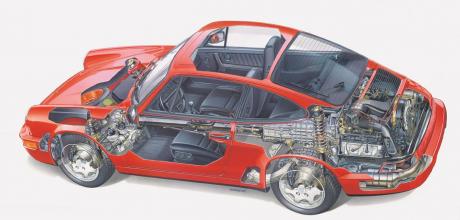Switchable technology enables drivers to alter the noise from the modern 911’s exhaust. Here’s how… One of the most characterful elements of the 911 is the exhaust note. Whatever model you have, the soundtrack is a constant reminder of partly why we enjoy the cars so much. That sound comes via the exhaust system. While an exhaust’s job is mainly to vent combustion gases to the atmosphere, it has a secondary task: to control the sound, primarily to comply with noise regulations.
Kicking off a three-part series charting the history of air-cooled Porsche engines, we delve into the design and development of the Type 901, which served as the starting point for more than sixty years of flat-six development... Words Shane O’Donoghue Photography Dan Sherwood, Porsche Corporate Archives STARTING SIXFrankfurt Motor Show, Autumn 1963. The covers were whipped off the 901, a pretty two-door coupe previewing Porsche’s replacement for the highly successful 356.
Discover how the Porsche Torque Vectoring system helps to keep your 911 on the road. The driving characteristics of the 911 are well known, if something of a dichotomy. The rear-engined layout permits immense traction out of corners, but at the same time the car is ever-ready to punish driving with less-than-perfect technique. Carry too much speed into a corner, lift off and you have all the ingredients of the classic 911 accident for the inexperienced.
First introduced on the Porsche 911 997 Carrera S in 2005, Porsche Active Suspension Management (PASM) was created to give the best of both worlds at the press of a button, to the driver’s choosing: maximum comfort, or maximum dynamics. Technology explained PASM To understand the technology, we must step back and look at how suspension works. At its core, a suspension’s job is to keep the tyres on the road.
Porsche 911 991 → Technology explained – Porsche 911 Turbo, but what is the overboost function – and does it work?
We know it’s exclusive to the 911 Turbo, but what is the overboost function – and does it work? Extra performance is something we all may crave occasionally for our 911. Since 2004, Neunelfer Turbos have had this exact capability in the overboost feature. But what is it? To understand overboost, we need to consider the engine, because overboost is only possible on a turbocharged motor. The turbocharger supplies additional clean air, under pressure, into the engine to generate more power.
When compared to earlier and later 911s making use of forced induction, the 996 Turbo represents one of the Porsche's scenes best buys... TECH: BUYING GUIDE PORSCHE 996 TURBO SMore than twenty-five years have passed since the 996 debuted, yet talk of the model’s radical departure from previous 911 architecture fails to quell.
Porsche has used twin turbochargers on its 911 since the 1990s, but how do these devices manage to generate such significant power gains? Turbo charging has been utilised by Porsche since 1973, where it was put to devastating effect in the 1974 Carrera RSR 2.1. Quick to make use of the technology in production cars, the 3.0-litre engined Turbo (930) was launched in 1974.
Porsche 911 964 → The Porsche 911 is often split into air and water camps, but all Neunelfers rely on oil. What’s its role?
Engines are made of many moving components, working together under finely engineered tolerances. To do that, they need oil, a viscous fluid that lubricates all those moving components, reducing friction and cooling them in the process. Without it, bearing surfaces would quickly overheat and wear out in minutes. This is the job of oil pressure: the engineered resistance created by the fluid being pumped through the engine as it rotates, ensuring moving parts are lubricated as intended.
We all know tyres are crucial in keeping your Porsche on the road, but what are N-rated tyres and how do they differ from non N-rated variants? Commonly regarded as a distress purchase in motoring, tyres play a huge part in extracting the maximum driving dynamics of an already capable sports car. Porsche realised this and since 1988 it’s drawn up a list of tyres that it approves for the 911, giving them an N rating.
Both these Weissach superstars are equipped with the same six-speed manual gearbox from Porsche Motorsport… but can Total 911 find any tangible differences between the two? Written by Lee Sible BATTLE OF THE GEARBOXMANUAL GT3S DO BATTLE Motorsport’s brilliant 991.2 takes on 992 North Wales. A glorious pocket of the UK, where the locals are friendly, the scenery is pretty and the roads are twisty.
Looking for an Italian supercar with an added dose of practicality? Then the Ferrari Mondial could be just the thing for you… PRACTICAL PERFORMANCE TECH BUYING THE FERRARI MONDIAL The affordable Prancing Horse BY CHRIS RANDALL CONTRIBUTOR Replacing the 308 GT4, the Pininfarina-styled Mondial delivered supercar looks with four-seater practicality and could be had in coupe and, from 1983, Cabriolet forms.
Porsche 911 Classic → Sportomatic gearbox - Porsche’s first automatic gearbox is more than half a century old… here’s how it works
Introduced to the world in 1967 by Porsche, the Sportomatic was the company’s answer to reinvigorating the 911 range for a push in the USA, where automatics were gaining huge popularity. At its heart is an all-synchro, four-speed 901 manual, but with a torque convertor and single dry-plate clutch. Technology explained - SPORTOMATIC GEARBOXThat clutch is controlled by a microswitch on the gear lever. Move the gear lever and the microswitch activates a vacuum servo motor.
We’ve all heard the terms ‘Diff’ and ‘LSD’, or may even recognise the option code 220 for a limited slip diff, but what is a differential and how does one work? We start by understanding why drivetrains use them. Drive a 911 around a radius, and the outer wheels will travel further than the inner wheels. A diff is a geared device in an axle – front, rear but sometimes between axles, too – that permits the opposing output shafts to rotate at different speeds relative to each other.
Porsche 911 991 → Technology explained - PDLS+ DrivesToday explains how Porsche Dynamic Lighting System Plus works on modern Neunelfers
While the dynamic performance of the 911 moved on at pace over the decades, one element that didn’t evolve to the same degree was the car’s lighting. Thankfully, the yellowing, dim halogen bulbs are a thing of the past. Today we have Porsche Dynamic Lighting System Plus (PDLS+). PDLS+ is an add-on to the lower-spec PDLS. That system works by constantly adjusting the range of the dipped beam of light depending on the car’s speed.
All-wheel-drive has been a part of the 911’s repertoire since the 964 of 1988. Total 911 explains how the first AWD system worked. Four-wheel-drive has been with the 911 for over 30 years now, but the idea was tested by Ferdinand Porsche in the 1947 Type 360/Cisitalia. That used an all-wheel-drivetrain to meter the power from a supercharged 12-cylinder engine, but the idea had been set in motion from the off.


